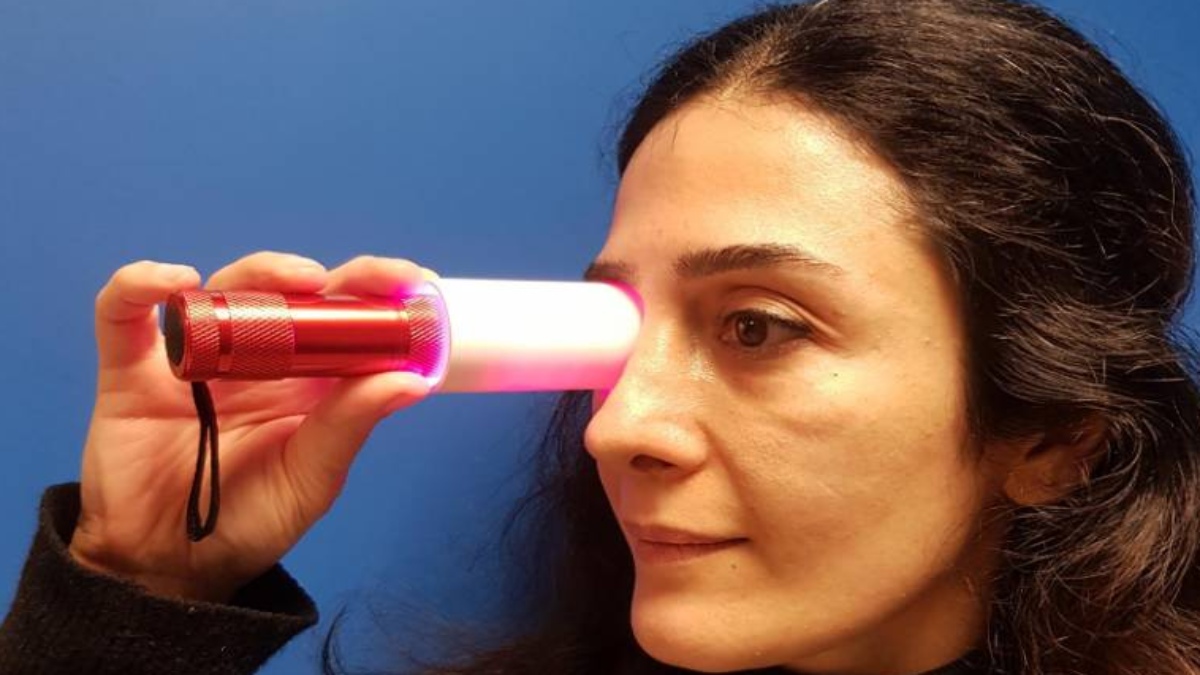A pioneering study by UCL researchers has found that just three minutes of exposure to deep red light once a week when delivered in the morning, can significantly improve declining eyesight.
Published in the journal Scientific Reports, the study builds on the team’s previous work, which showed daily three-minute exposure to longwave deep red light ‘switched on’ energy-producing mitochondria cells in the human retina, helping boost naturally declining vision.
For this latest study, scientists wanted to establish what effect a single three-minute exposure would have, while also using much lower energy levels than their previous studies. Furthermore, building on separate UCL research in flies that found mitochondria display ‘shifting workloads’ depending on the time of day, the team compared morning exposure to afternoon exposure.
In summary, researchers found there was, on average, a 17 per cent improvement in participants’ colour contrast vision when exposed to three minutes of 670 nanometres (long wavelength) deep red light in the morning and the effects of this single-exposure lasted for at least a week. However, when the same test was conducted in the afternoon, no improvement was seen.
Scientists say the benefits of deep red light, highlighted by the findings, mark a breakthrough for eye health and should lead to affordable home-based eye therapies, helping millions of people globally with naturally declining vision.
Lead author, Professor Glen Jeffery (UCL Institute of Ophthalmology), said: “We demonstrate that one single exposure to long-wave deep red light in the morning can significantly improve declining vision, which is a major health and wellbeing issue, affecting millions of people globally.
“This simple intervention applied at the population level would significantly impact on quality of life as people age and would likely result in reduced social costs that arise from problems associated with reduced vision.”
In humans around 40 years old, cells in the eye’s retina begin to age, and the pace of this ageing is caused, in part, when the cell’s mitochondria, whose role is to produce energy (known as ATP) and boost cell function, also start to decline.






















